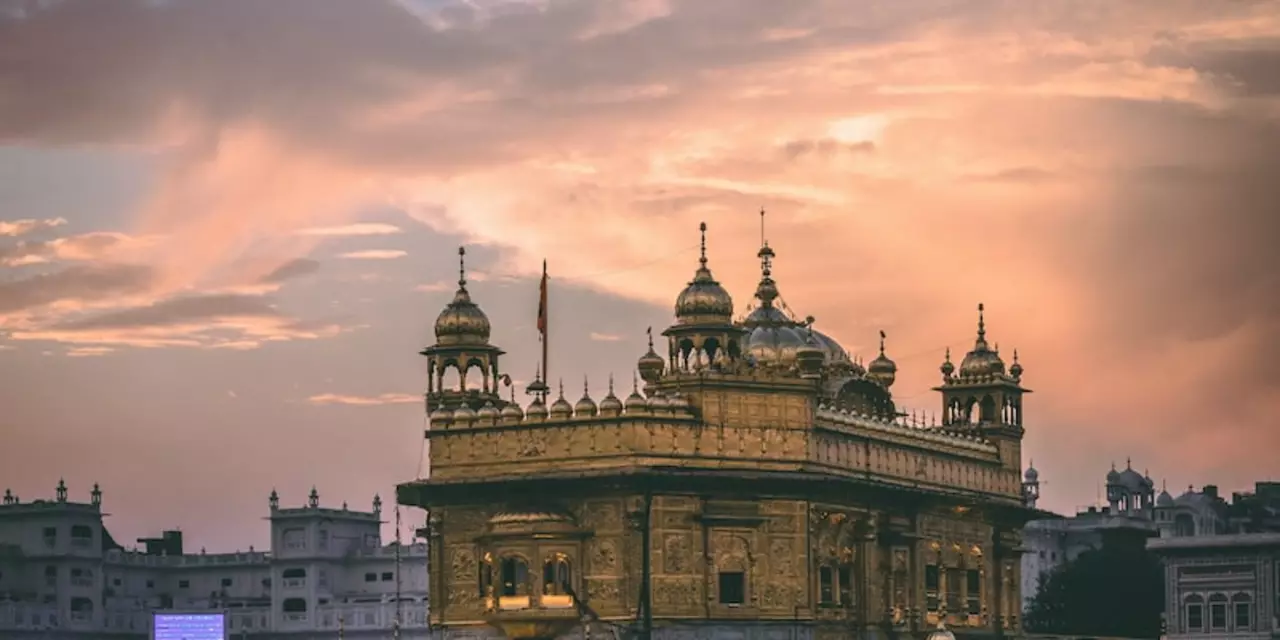Caste: What It Means and Why It Matters
If you hear the word caste you probably think of India's social ladder. It’s a system that sorts people into groups based on birth, and it still shows up in news, jobs, and everyday chats. Knowing the basics helps you see why a lot of debates in India revolve around it.
First off, caste isn’t a single thing. It’s a mix of traditional categories like Brahmin, Kshatriya, Vaishya, and Shudra, plus countless sub‑groups called jatis. These labels were meant to guide who does what work, but over centuries they turned into a rigid hierarchy that decides who gets respect, who gets a seat at the table, and who faces barriers.
History of the Caste System
The roots go back to ancient texts that described four main varnas. At the time, the idea was to match people’s skills with society’s needs. But as kingdoms grew and land changed hands, the system hardened. By the time the British took over, they used caste lists to tax and control people, locking the divisions even deeper.
After independence, India tried to break the chain. The Constitution declared discrimination based on caste illegal and set up reservations – a quota system – for education and jobs. The goal was to give historically marginalized groups a fair shot.
Modern Challenges and Conversations
Today, caste still pops up in politics, media, and social media debates. Some argue reservations are still needed to level the playing field, while others say they create new tensions. You’ll often see headlines about protests, court cases, or celebrity comments that spark heated reactions.
On the ground, many people see progress. More students from lower‑caste backgrounds attend colleges, and there are successful entrepreneurs who speak openly about their roots. Yet, discrimination hasn’t vanished. Rural areas especially see bias in marriage choices, job hiring, and even in the way neighbours treat each other.
One practical tip: if you’re working in a diverse Indian team, be aware of subtle cues. Avoid jokes about caste, and respect people’s self‑identification. When you hear a colleague mention their background, listen without judgment. Small actions help create a more inclusive vibe.
Another thing to note is the rise of online platforms that give a voice to those fighting caste‑based injustice. Blogs, YouTube channels, and community groups are sharing stories that challenge old norms. Engaging with these spaces can broaden your understanding and show you real‑world impact.
Finally, think about the future. Young Indians are questioning the old order more than ever. They’re pushing for laws that protect against caste discrimination in workplaces and online. While change can be slow, the conversation is louder, and that’s a sign things are moving.
Bottom line: caste is more than a historical label—it’s a living part of India’s social fabric. Knowing its history, seeing how it plays out today, and acting respectfully can make a difference whether you’re a student, a professional, or just curious about the country.
Why don't you like India?
India is a country with a rich and diverse culture. However, there are some people who don't like India for various reasons. Some people don't appreciate India's caste system, which is a long-standing tradition that has been part of Indian society for centuries. Others may have difficulty adjusting to India's hectic pace of life, or they may find the food and culture too unfamiliar. Additionally, some people are put off by India's lack of infrastructure, which can make it difficult to get around. Whatever the reason, it is important to remember that not everyone will share the same opinion about India.
